On the 248th birth anniversary of the great socio-religious and educational reformer Ram Mohan Roy, Kartavya Sadhana is publishing a two-part series analyzing the life and legacy of Ram Mohan Roy- the father of modern India. Written by Sankalp Gurjar, the first part of the article will trace the life sketch of him, and it will talk about his contribution to socio-religious reforms. The second part of the article, to be published tomorrow, will examine his thoughts on 'English Education and European Settlements In India.'
Ram Mohan Roy was born in 1772 in Bengal. By the time he turned 18, the world had witnessed the American war of independence (1775-1783) and the French revolution (1789).
When Roy settled in the newly-developing city of Calcutta, in 1815, Napoleon had already lost the battle of Waterloo and Europe was headed for a new era. When Roy died in 1833 in England, British raj in India was yet to conquer the entire Indian subcontinent as Sikhs still had their independent kingdom in the North-Western India and the Communist Manifesto was 15 years away.
The purpose of this timeline is to convey how old the time of Ram Mohan Roy is. And yet in 21st century, it is imperative to study Roy’s thoughts to understand India better. Roy was the first voice of modernity and liberalism in the Indian subcontinent.
Bengal was the first province to come under the British Raj in 1757. Therefore, it is no surprise that the effects of British ideas of civil and military administration, religion and education, and revenue systems were felt in Bengal much earlier than the rest of India. Moreover, it is not a co-incidence that socio-religious reforms movement in India also started in Bengal.
Roy was the first social reformer of modern India. It is interesting to note that in Bengal and Maharashtra, two provinces which led the way for socio-religious reforms movement and freedom struggle, establishment of the British raj resulted in immediate introspection, critical thinking and consequent urge to change the society.
For example, Roy was born in 1772; fifteen years after the British raj came to Bengal. Similarly, Jotirao Phuley was born in 1827; nine years after the fall of Pune and coming of the British raj to Maharashtra. Both worked for reducing the plight of women, both had love for modern education and both established their respective ‘Samaj’; Roy formed ‘Brahmo Samaj’ and Phuley established ‘Satyashodhak Samaj’ to reform the Indian society. It is in this context that we have to understand Roy and his work.
Roy was born on 22nd May, 1772 in the family of Zamindars. In his young age, he learned Bengali, Persian, Arabic and Sanskrit. He was equally fluent in all four languages to the extent that he wrote his first book in Persian which had Arabic preface as well as later in his life, translated Sanskrit texts like Vedas and Upanishadas into Bengali and English. He learned English in his twenties and went on to write extensively in that language as well. He was not just a multi-lingual scholar but also was a prolific writer and a social reformer.
In his young age, Roy had read Euclid and Aristotle in Arabic, had acquired the knowledge of Vedanta philosophy and was in turn convinced about monotheism. That was the beginning of his defiance of traditions and independent thinking.
Roy wrote his first book, Tuhfatul Muwahhiddin in Persian. It was a direct attack on idolatry and hence was considered as an attack on Hinduism itself. His views were not received kindly. In fact, he was forced to leave his house and thus, began a four-year travels across India and beyond. In his travels, Roy had even gone to Tibet and learned about Buddhism.
Roy worked for the British government in various capacities and ultimately decided to settle down in Calcutta. Under the British rule and new economic policies, old cities such as Murshidabad were declining and newer cities such as Calcutta were coming up. Calcutta was then on its way to become a financial as well as a political centre. Educated elite was emerging in the city and British ideas of social life such as forming associations and reading newspapers were being introduced to Indians.
For a thinker-activist like Roy, Calcutta proved to be an ideal place. When middle-aged, worldly-wise Roy moved to Calcutta, he was already financially secure owing to his family wealth and service for the British raj. His views about religion and society had also been shaped up due to his life experiences and studies. All of these factors helped Roy to argue and work for social reforms and attempt to change the Indian society.
Years 1814 to 1830 were probably the most productive years of Roy’s life. His translations of Upanishadas from Sanskrit into Bengali were a product of this period. In 1815, he founded ‘Atmiya Sabha’ and later went on to form ‘Brahmo Samaj’ in 1828. Brahmo Samaj essentially believed in One God and became influential in the life of Bengal in Nineteenth century. Rabindranath Tagore’s father, Debendranath Tagore was a well-known Brahmo Samajist.
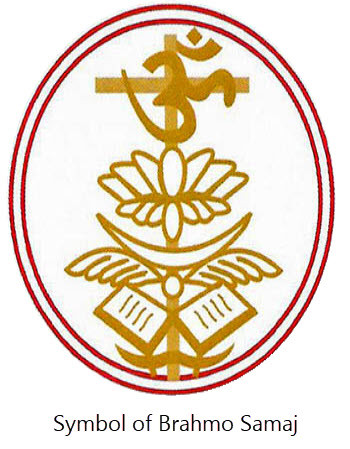 Formation of the Brahmo Samaj and its eventual success signaled the growing influence of British ideas on Indian society. It was also a sign of forthcoming Indian renaissance. Brahmo Samaj went on to influence reformers in other parts of India as well. In the second half of Nineteenth century, social reformers in Maharashtra such as Dadoba Tarkhadkar and R G Bhandarkar took inspiration from Ram Mohan Roy and his Brahmo Samaj. Prarthana Samaj of western Maharashtra drew motivation from the Brahmo Samaj.
Formation of the Brahmo Samaj and its eventual success signaled the growing influence of British ideas on Indian society. It was also a sign of forthcoming Indian renaissance. Brahmo Samaj went on to influence reformers in other parts of India as well. In the second half of Nineteenth century, social reformers in Maharashtra such as Dadoba Tarkhadkar and R G Bhandarkar took inspiration from Ram Mohan Roy and his Brahmo Samaj. Prarthana Samaj of western Maharashtra drew motivation from the Brahmo Samaj.
Roy also opened a school for boys in 1816. As he knew the importance of modern education, the medium of instruction in school was English. In 1823, he had cogently expressed his opposition when he learned that the government was opening a new Sanskrit college. Roy was in favor of teaching modern education and subjects such as mathematics to Indian students. He also argued forcefully for the abolition of the practice of Sati and wrote a tract in English attacking Sati in 1818.
Roy had seen his brother’s wife undergoing Sati and was thoroughly convinced that this practice must be abolished. His mission to eliminate Sati proved successful when in 1829, Sati was banned by the Governor-General. This became the first victory of social reformers in their battle against the orthodox religious establishment and society.
Although Roy believed that India benefits because of the British rule, he wasn’t oblivious towards the claims of superiority of British missionaries. Just as he had challenged Hindu religious establishment, Roy argued with the British missionaries contesting their assertions that their religion was superior to all others. His views on Sati and Monotheism as well as his challenge to missionaries ensured that Roy was ill-treated by Hindu and Christian establishment.
In 1820’s Roy also started weekly newspapers in Bengali (Sangbad Kaumudi) and Persian (Mirat-Ul-Akbar) and advocated his reformist ideas through it. His newspapers adopted the similar worldview as was Roy’s: opposition to tyranny and bigotry, advocating for freedom and awakening the society to its then state of degradation and despair.
Roy had interests in international affairs as well. While writing about the British settlers in India, he was able to demonstrate how Indo-British ties could either go the way of America (which fought and attained its independence) or Canada (which continued to remain as part of the British Empire).
Roy was a supporter of Spanish Latin American colonies struggling for independence in late 1820’s. He was also keenly watching politics in Spain and France. When Spain promulgated new constitution and France underwent another revolution in late 1820’s, he was genuinely happy. Roy had sympathetic view of Catholics of Ireland as well. Roy’s heart ached for downtrodden people and there was no difference when it comes to Indian as well as international affairs.
 As an envoy of the Mughal Emperor, Roy travelled in 1830 to England to meet with the East India Company officials and lobbied successfully to increase the stipend of the emperor. It was rare in those days for an Indian to travel to England and moreover, the travel wasn’t as comfortable as it is now.
As an envoy of the Mughal Emperor, Roy travelled in 1830 to England to meet with the East India Company officials and lobbied successfully to increase the stipend of the emperor. It was rare in those days for an Indian to travel to England and moreover, the travel wasn’t as comfortable as it is now.
It must be noted that Roy would probably be one of the first Indians ever to visit England in the first half of the Nineteenth century. Hinduism had banned crossing the seas and Roy had defied this belief as well. In his visit, he met the Royalty and also enjoyed the reception of high and mighty in England. He had also visited Paris. Roy died in England on 27th September, 1833 at the age of 61.
Roy would now be remembered for his advocacy of socio-religious reforms. However, he was much more than that. He laid the foundations of modern, liberal India. He understood the changing circumstances of India and hence worked using novel methods, such as forming associations, starting newspapers and opening schools, which were then available under the British rule. He believed that English rule is beneficial for India and yet was not in favor of accepting everything and anything coming from the British.
Through his writing and work, Roy became a bridge between India and Britain. His command over many languages, simultaneously pursuing social and political work, interest in international affairs, and advocacy for liberal India became underlying themes for later reformers and political activists such as Justice M G Ranade and B R Ambedkar. In that sense, Roy is a true pioneer and ‘the first liberal’ for sure.
- Sankalp Gurjar
sankalp.gurjar@gmail.com
Also Read: Ram Mohan Roy’s thoughts on English Education and European Settlements in India

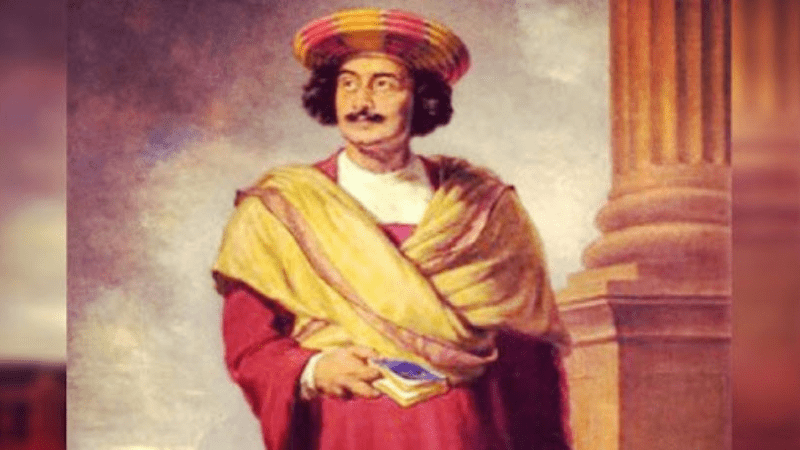

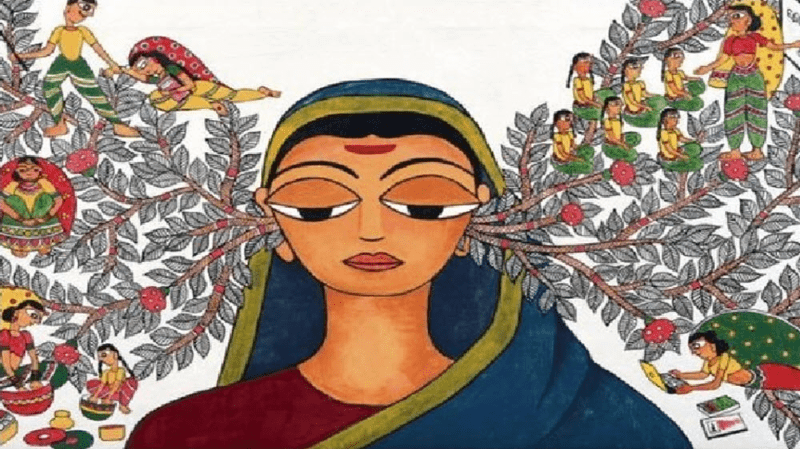
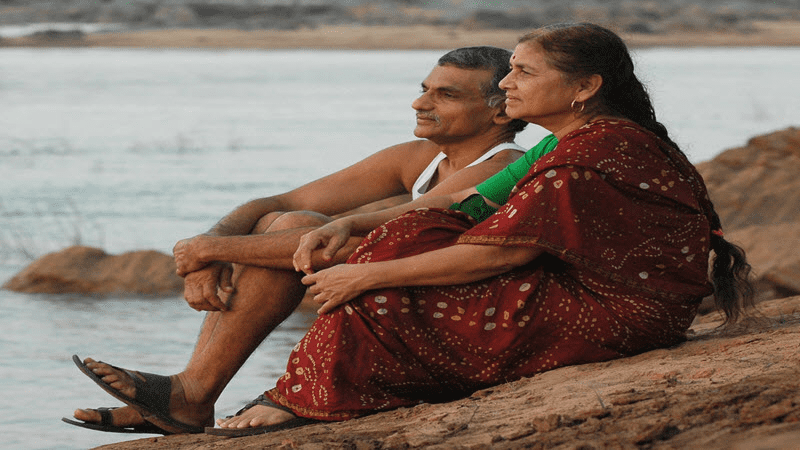
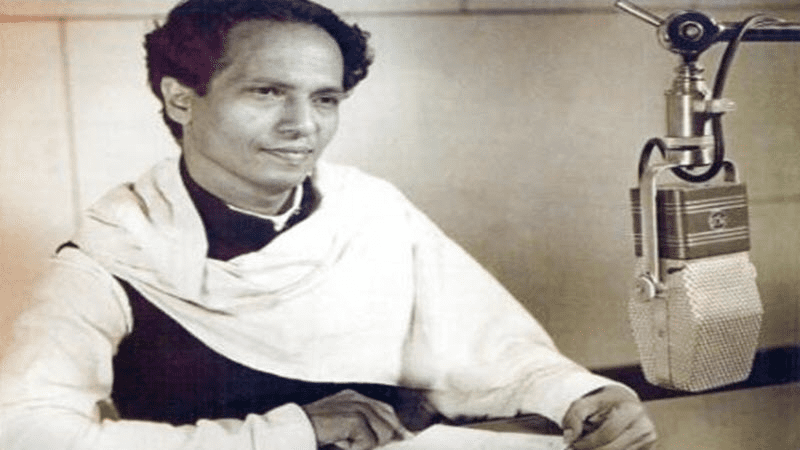

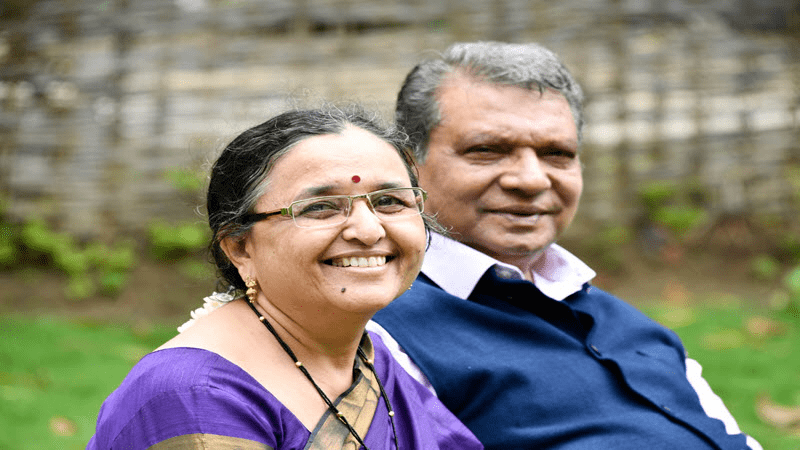
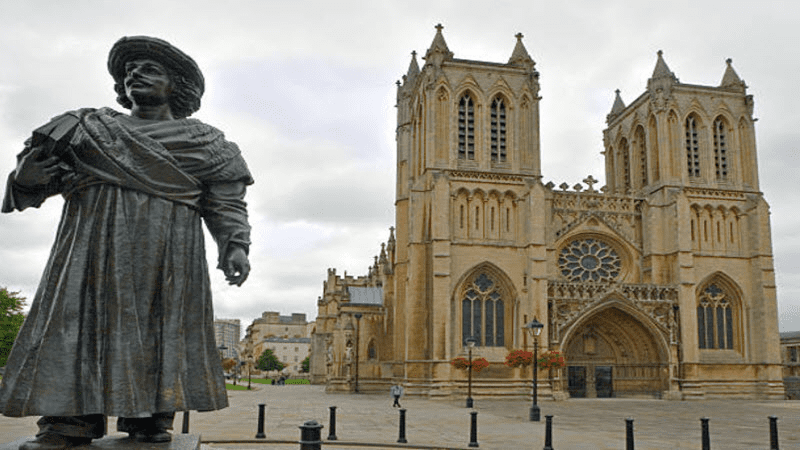

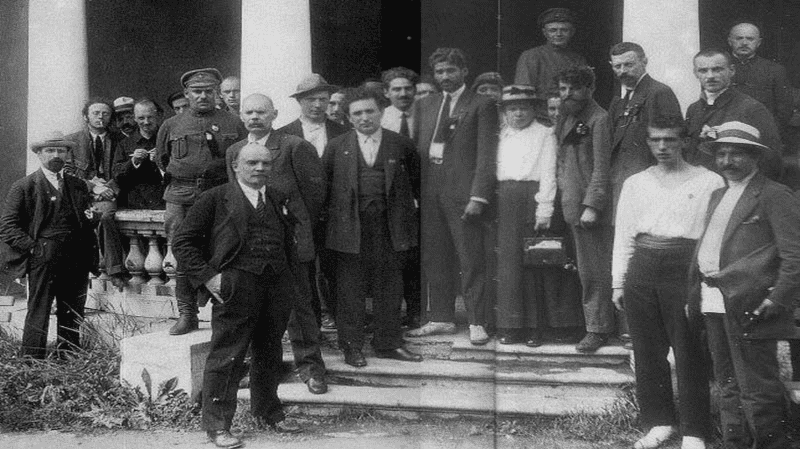
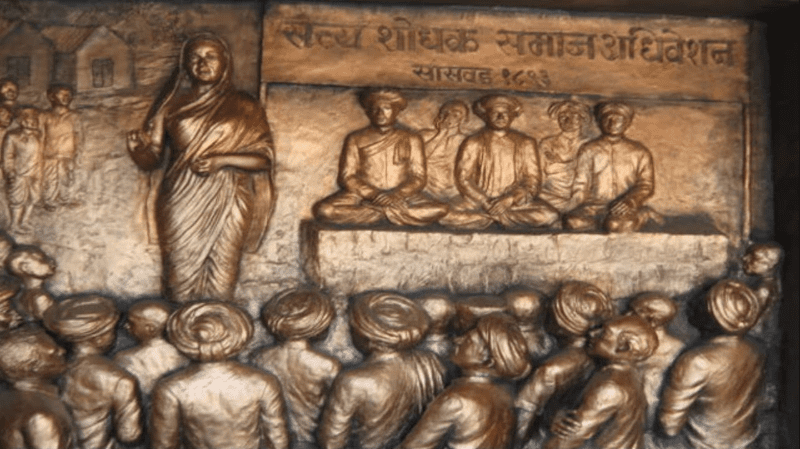
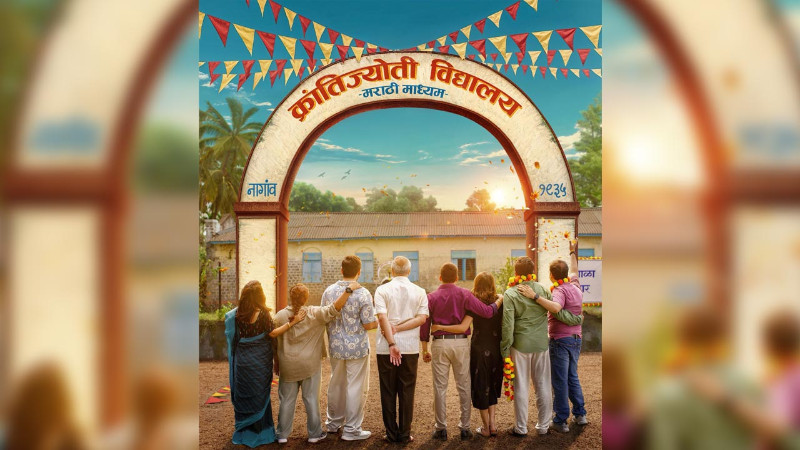
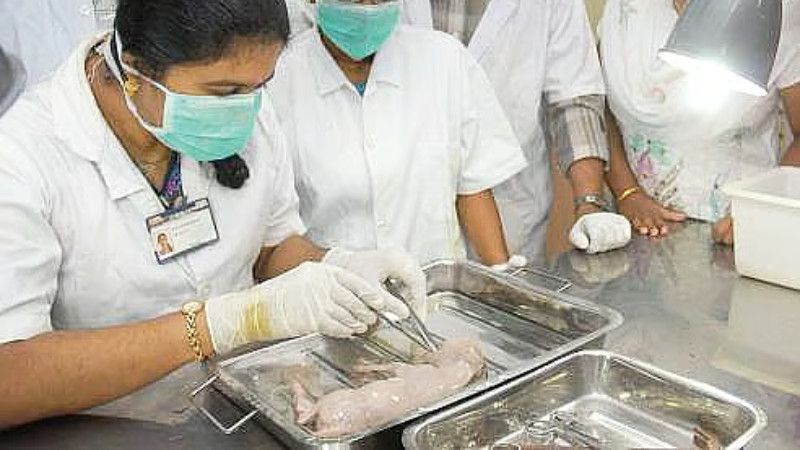
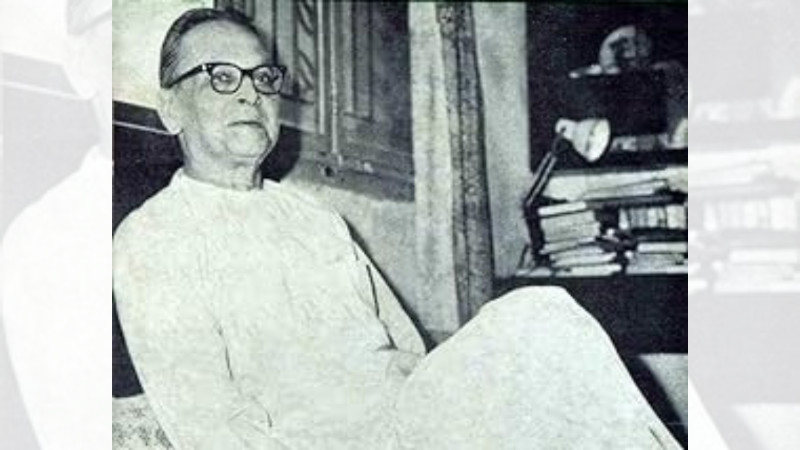
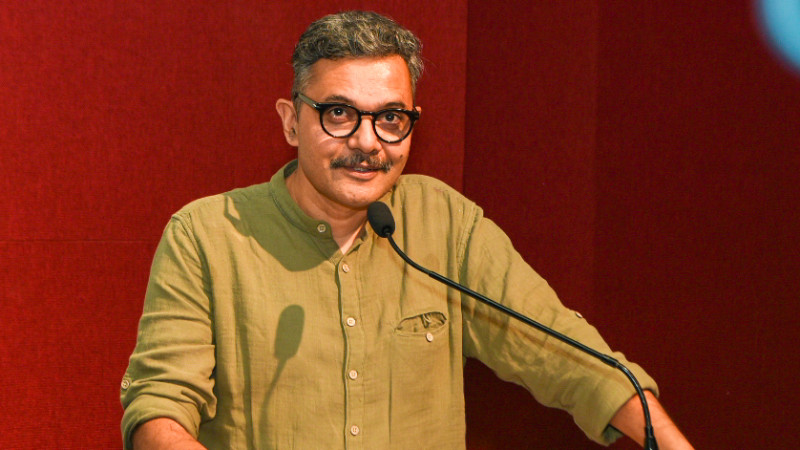
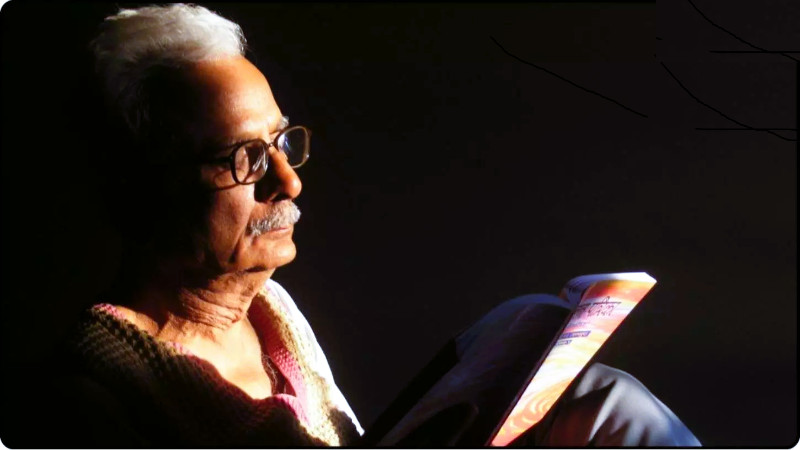
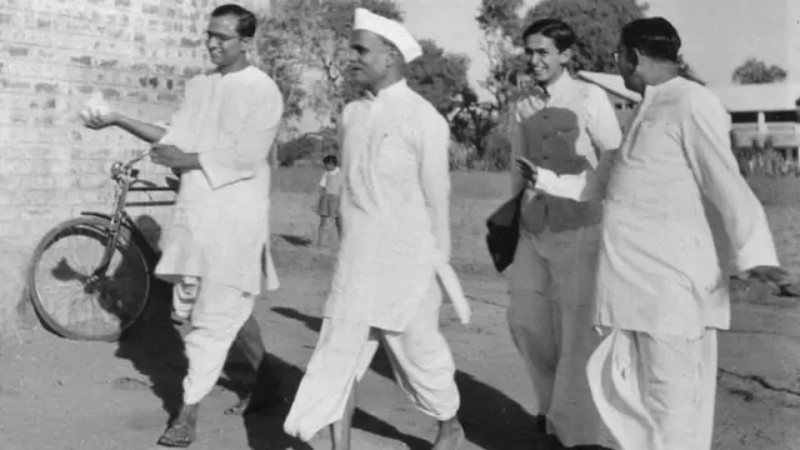
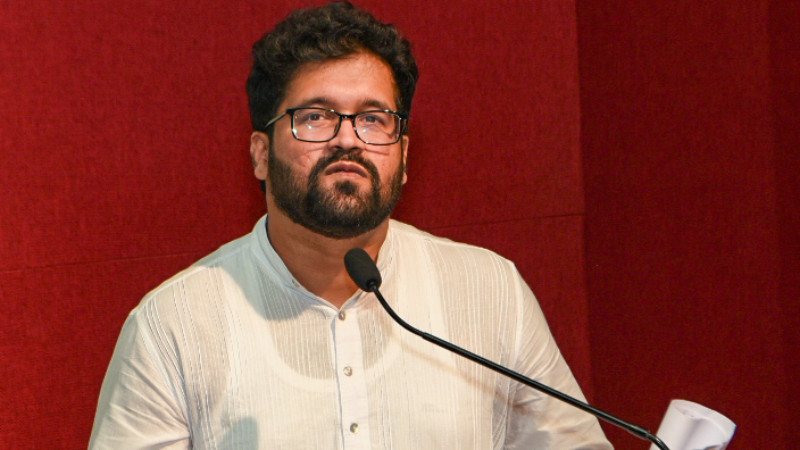
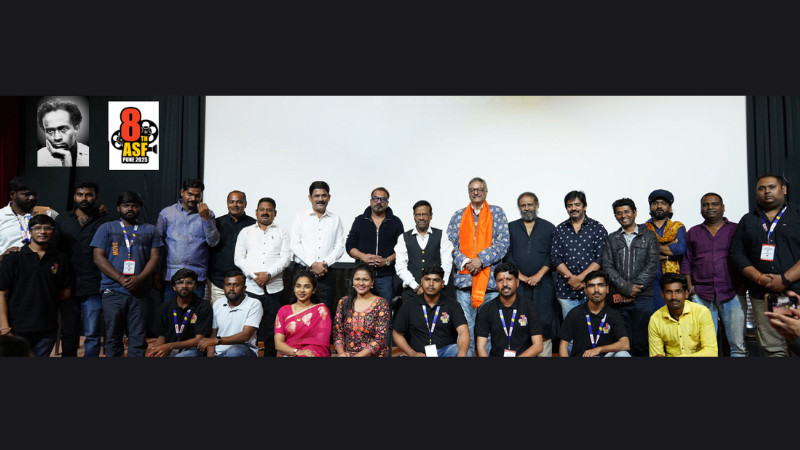

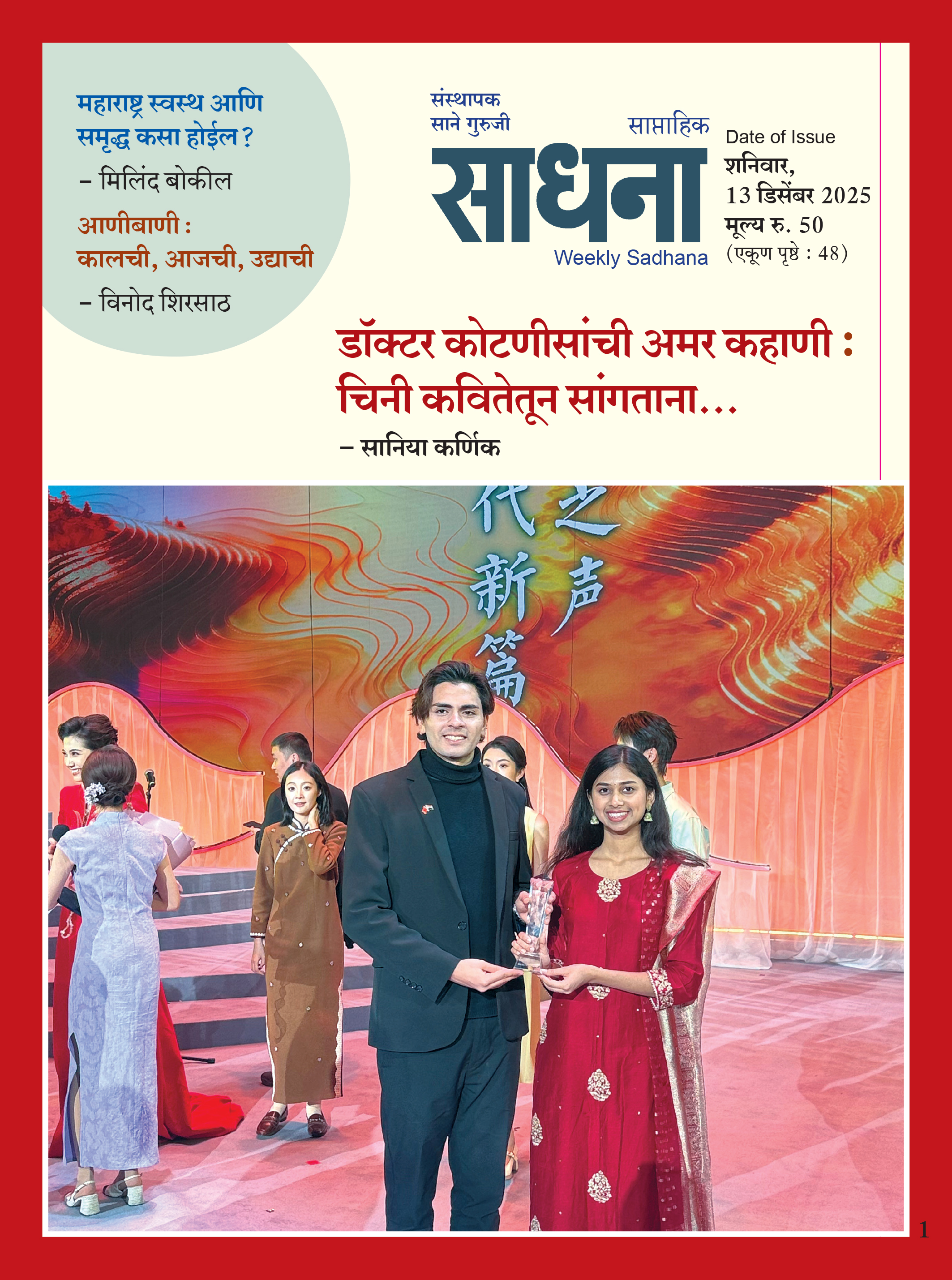













Add Comment